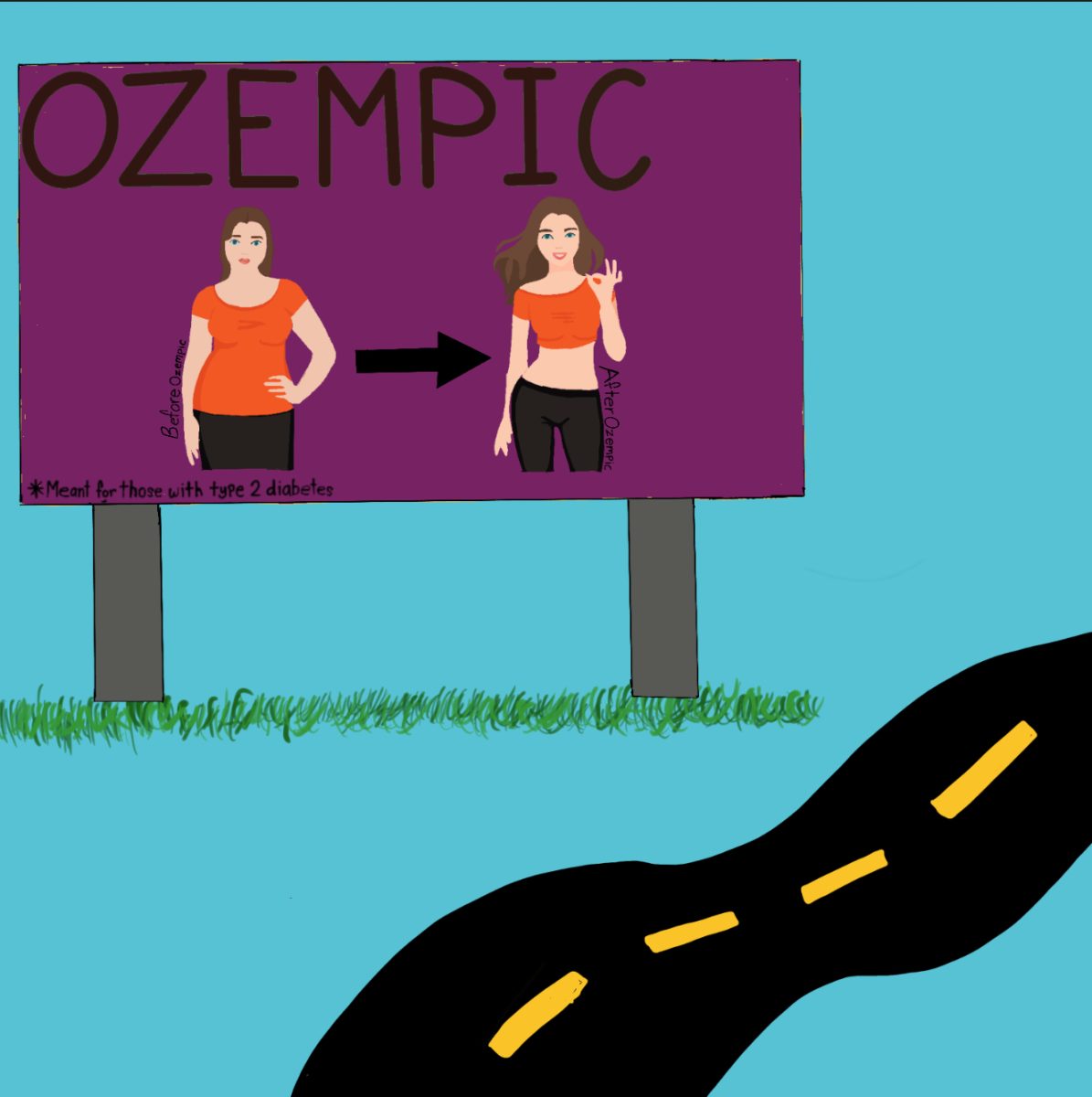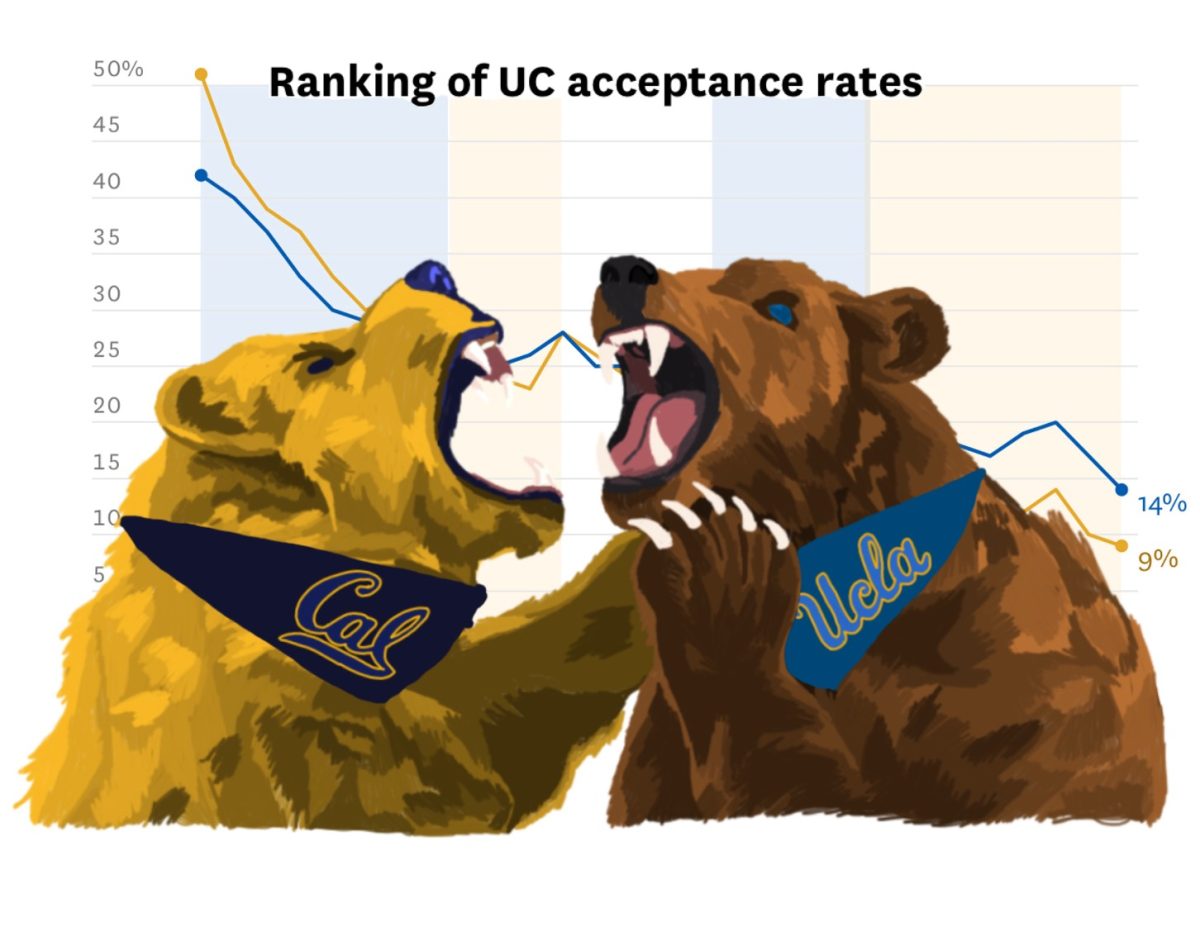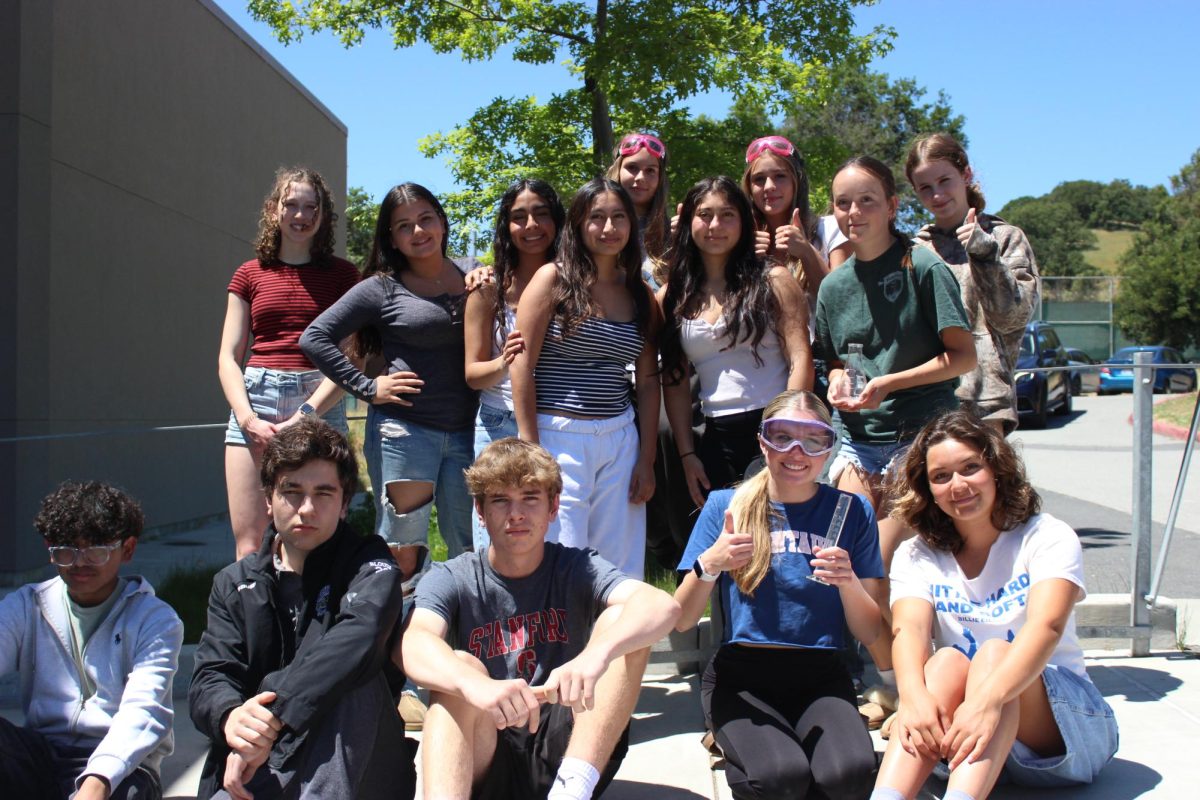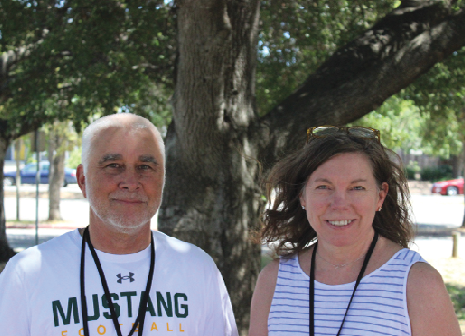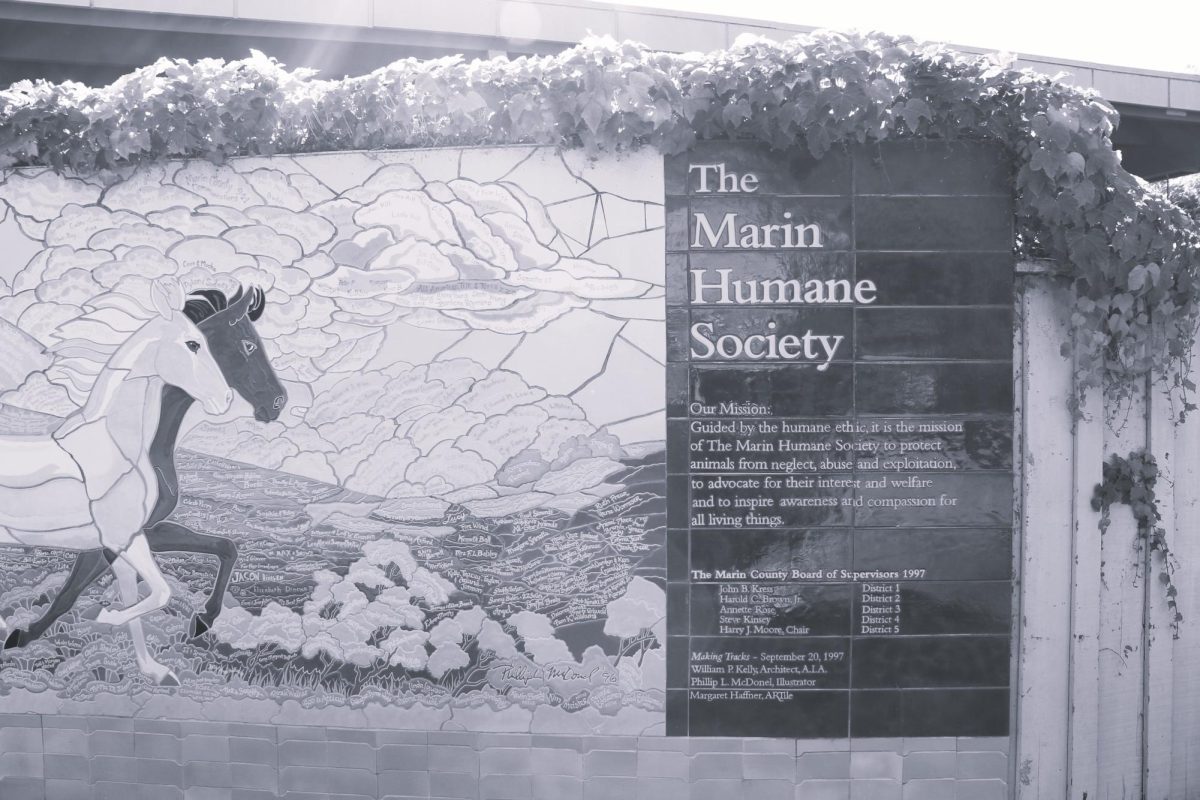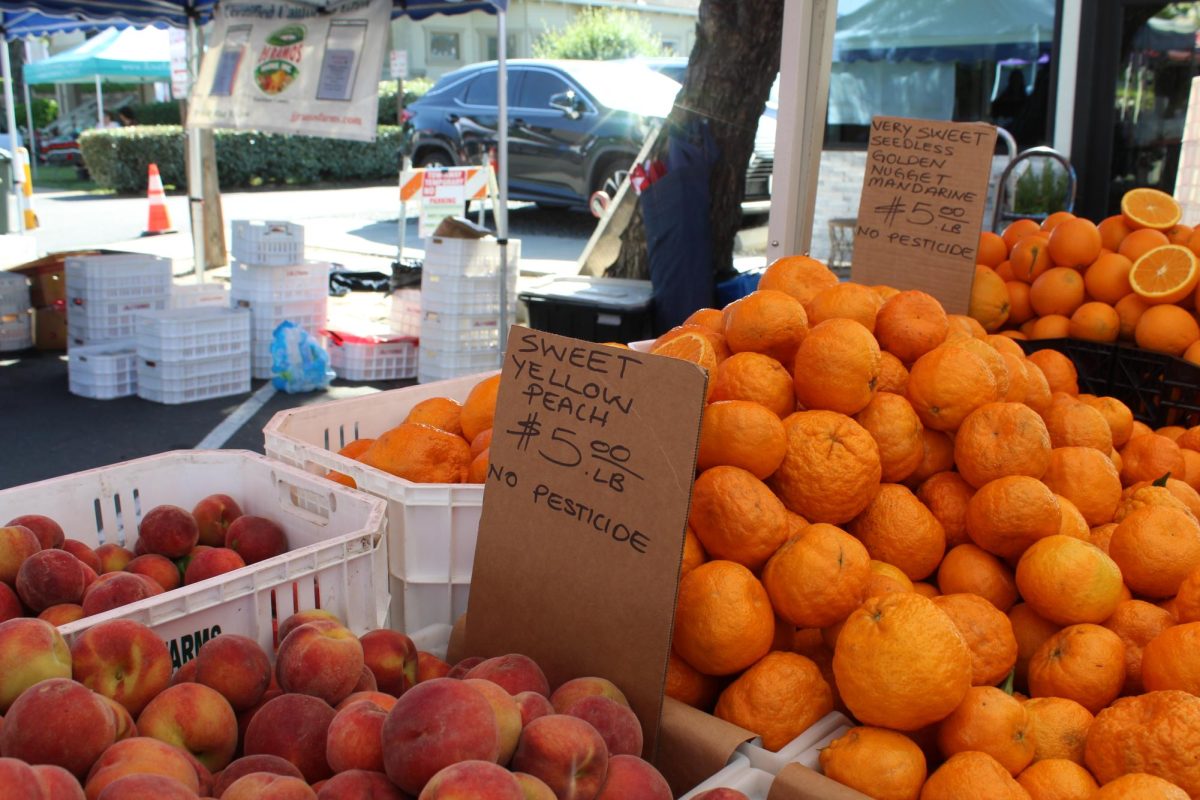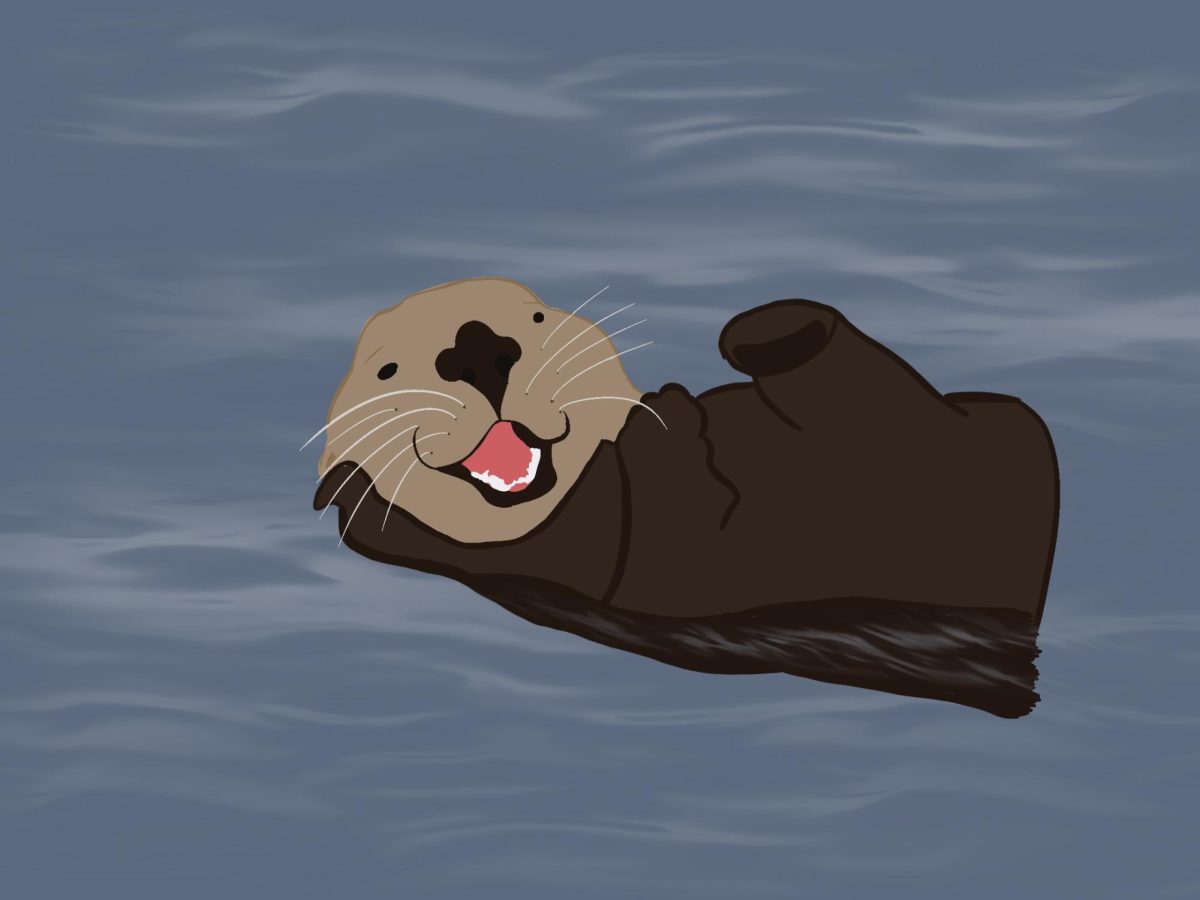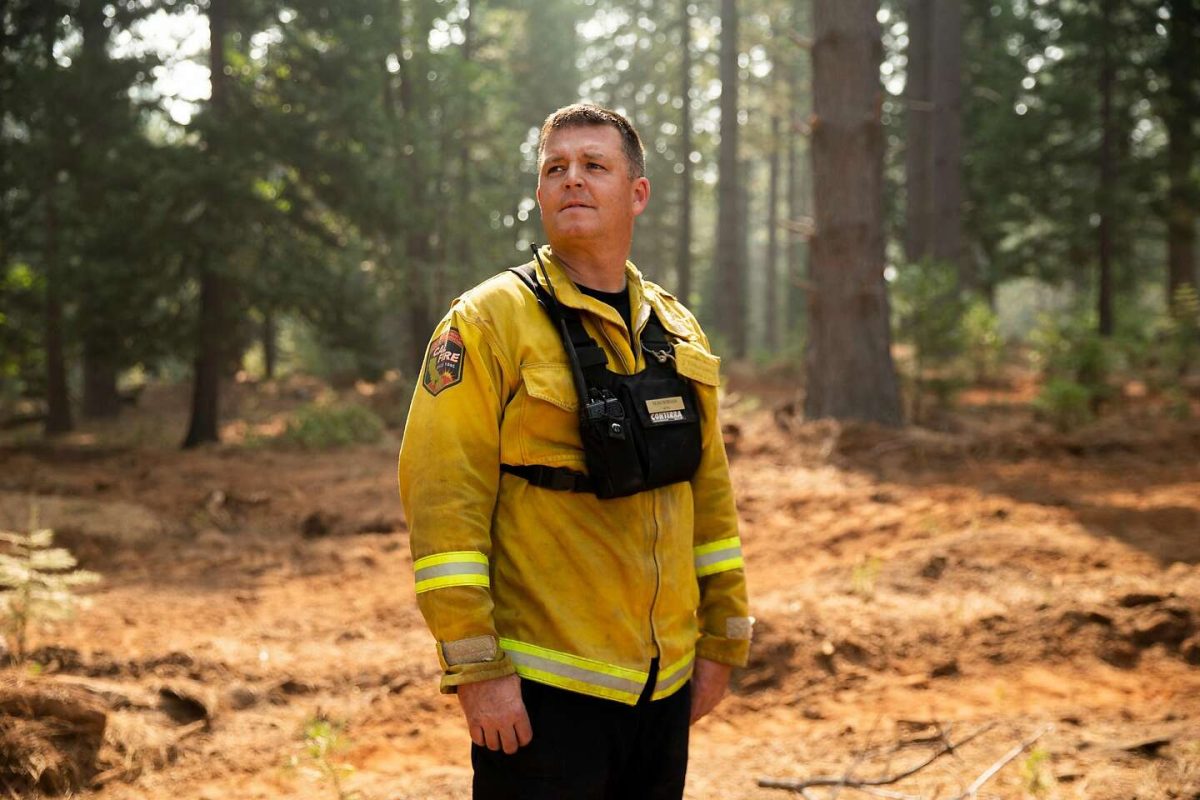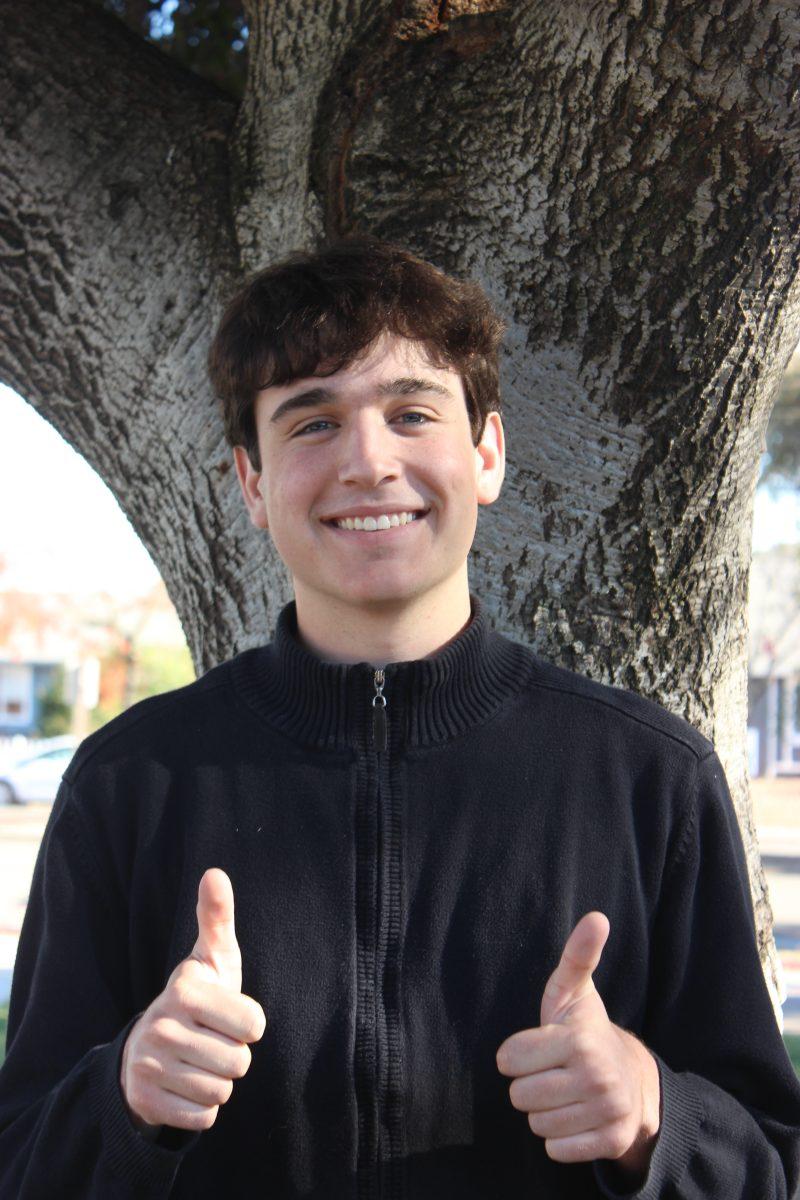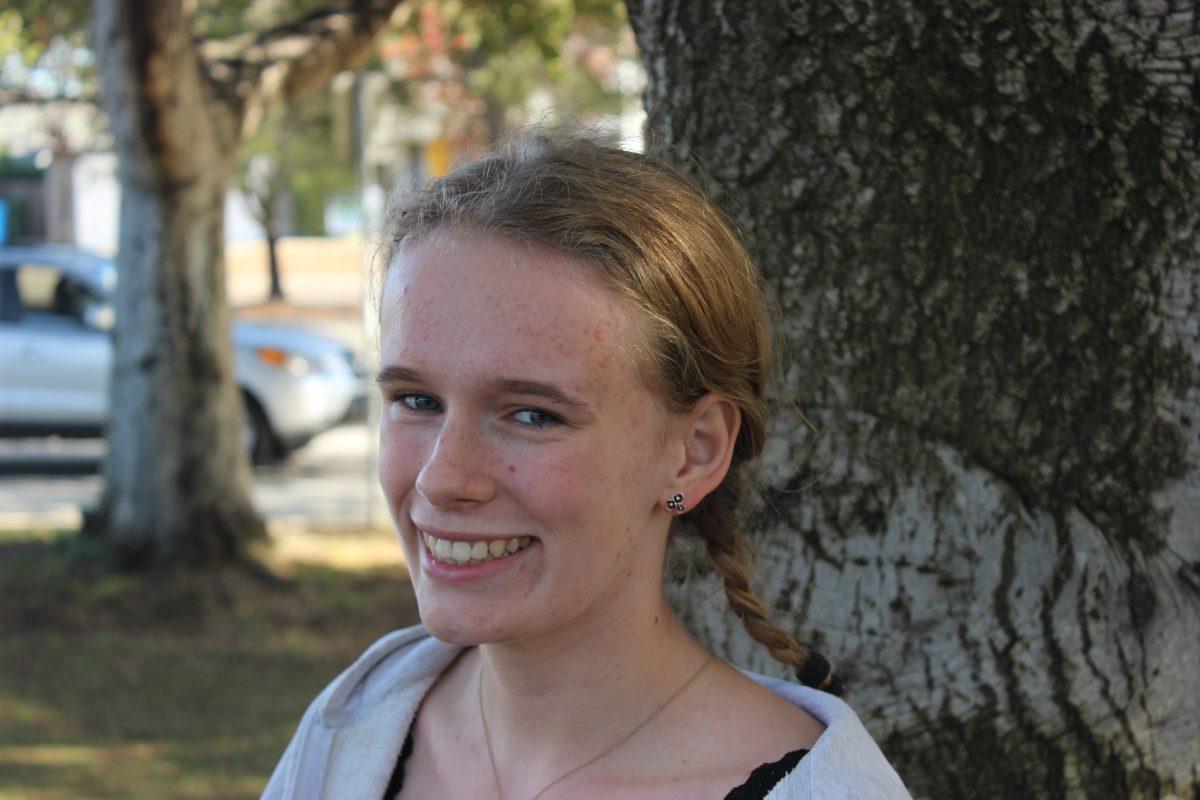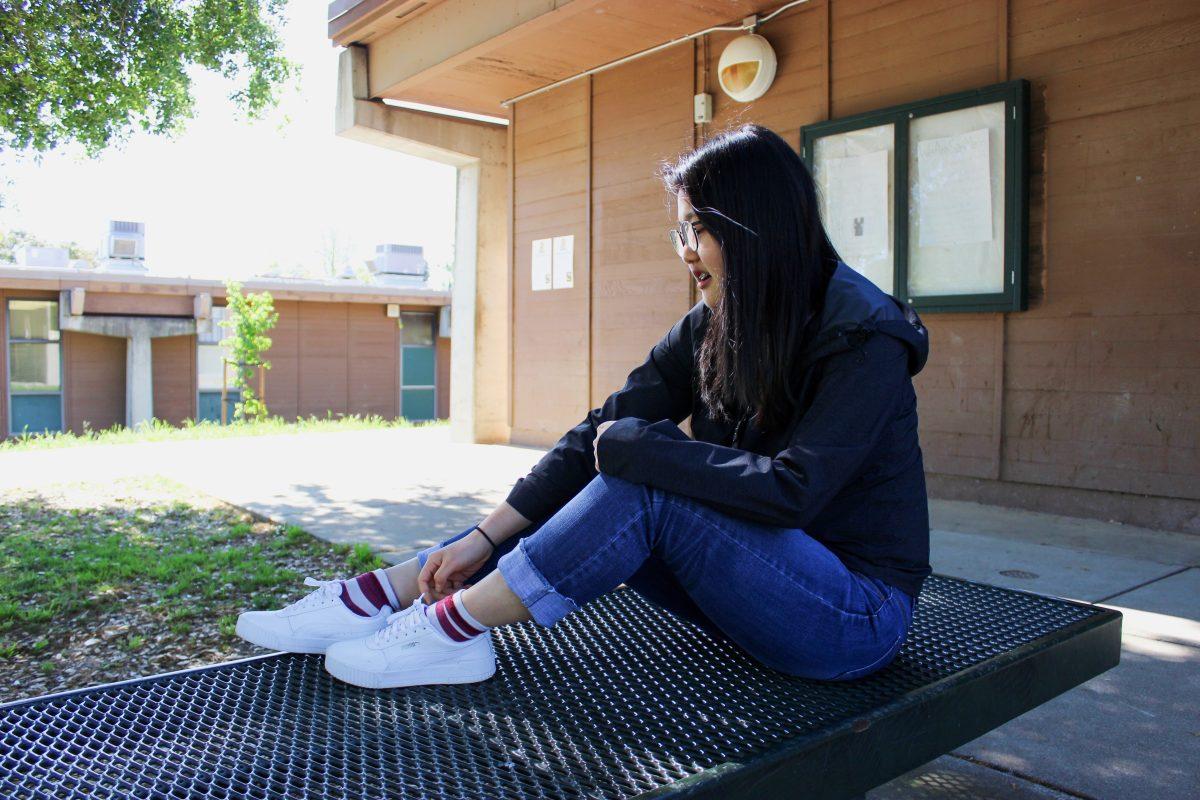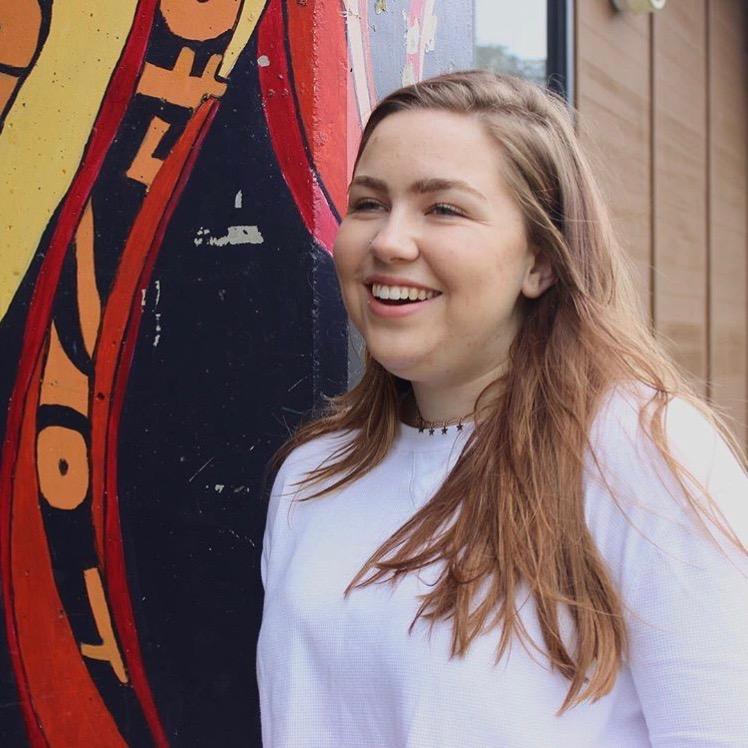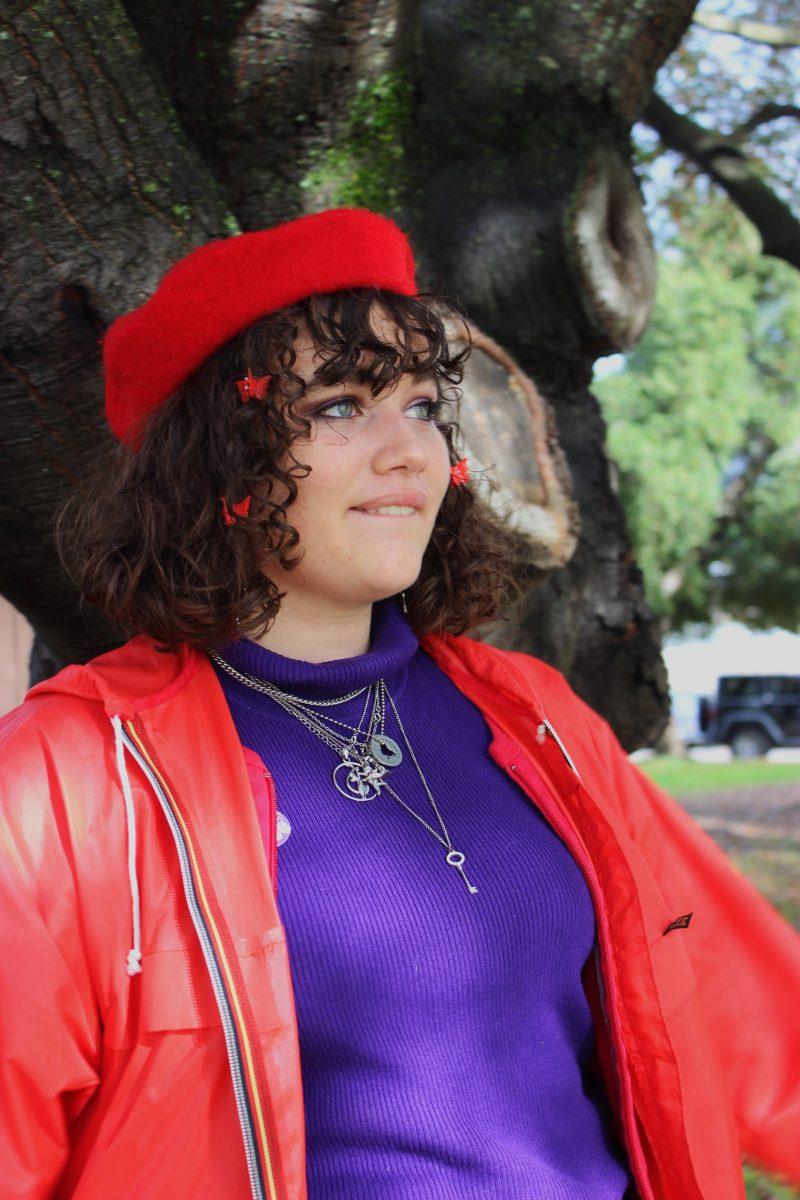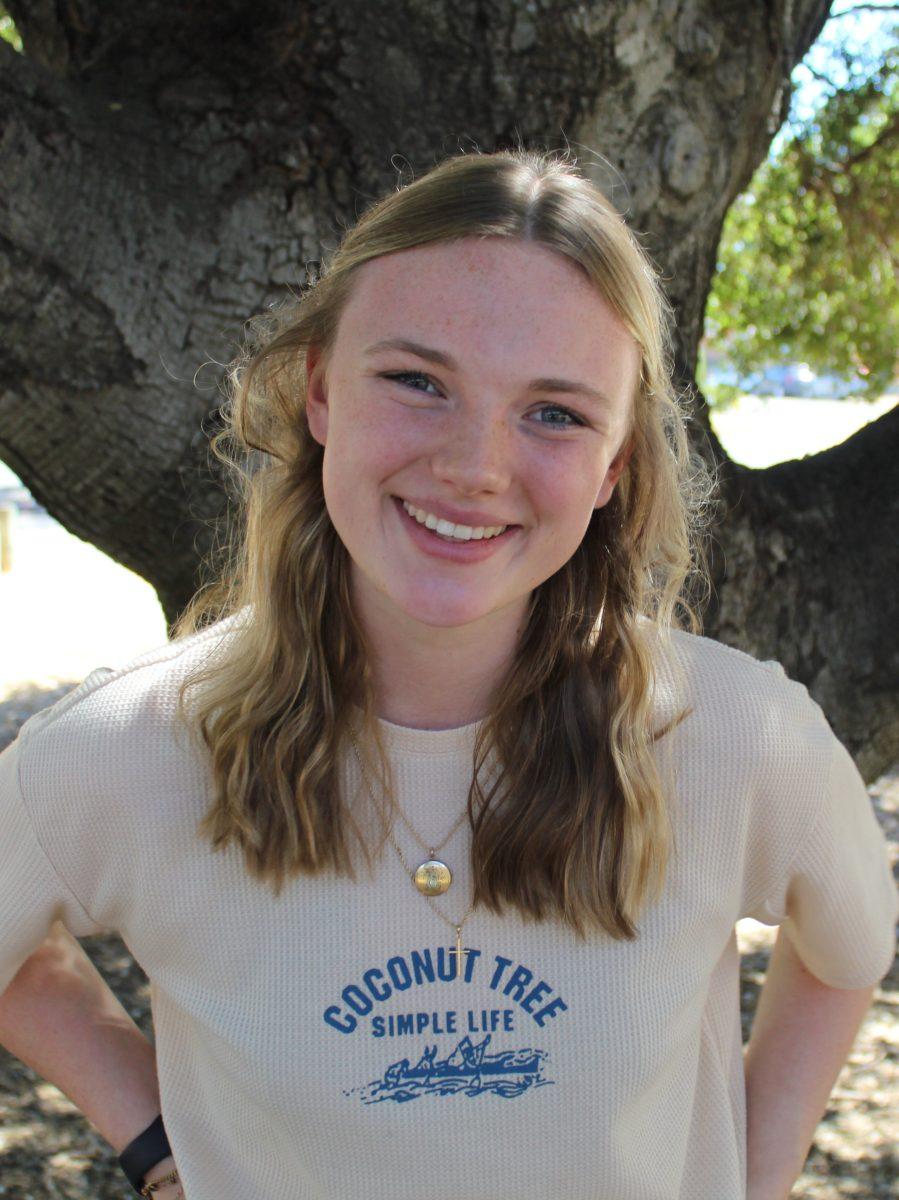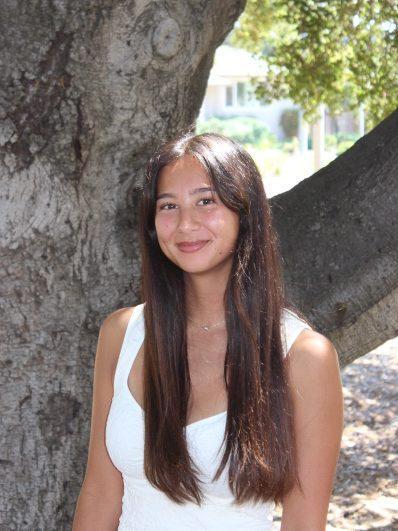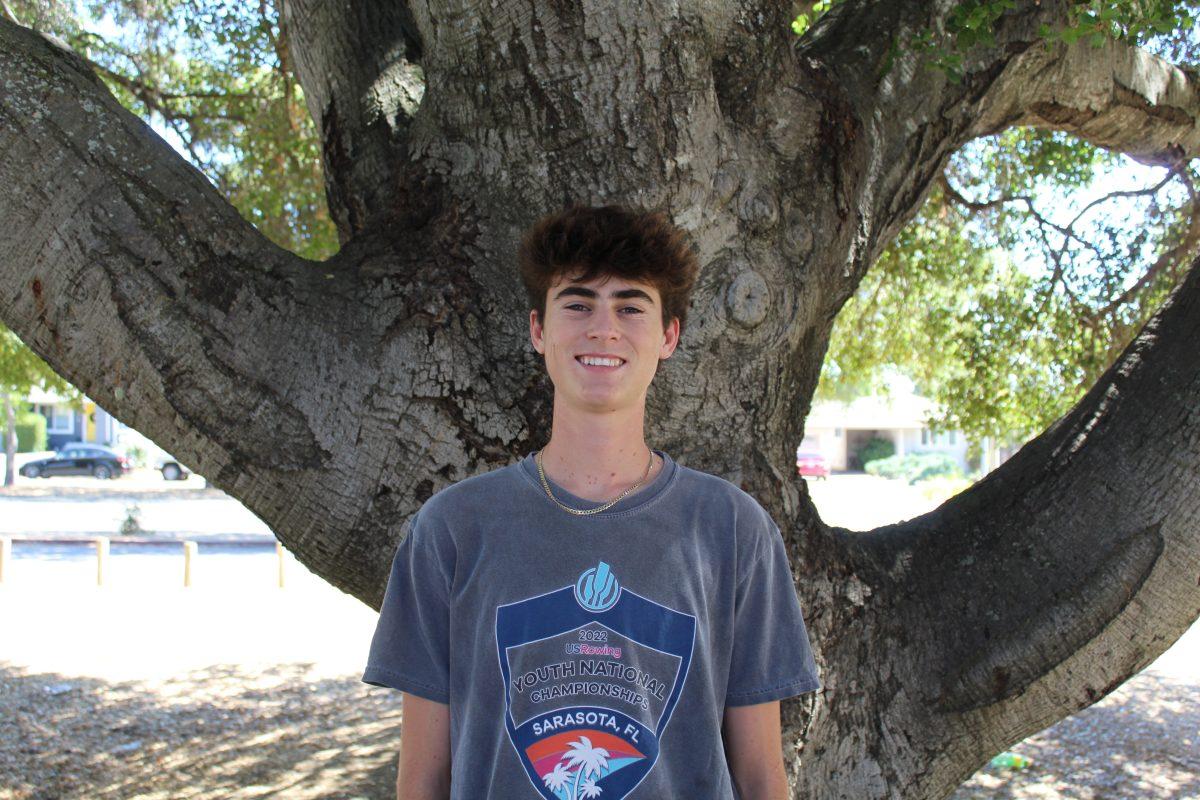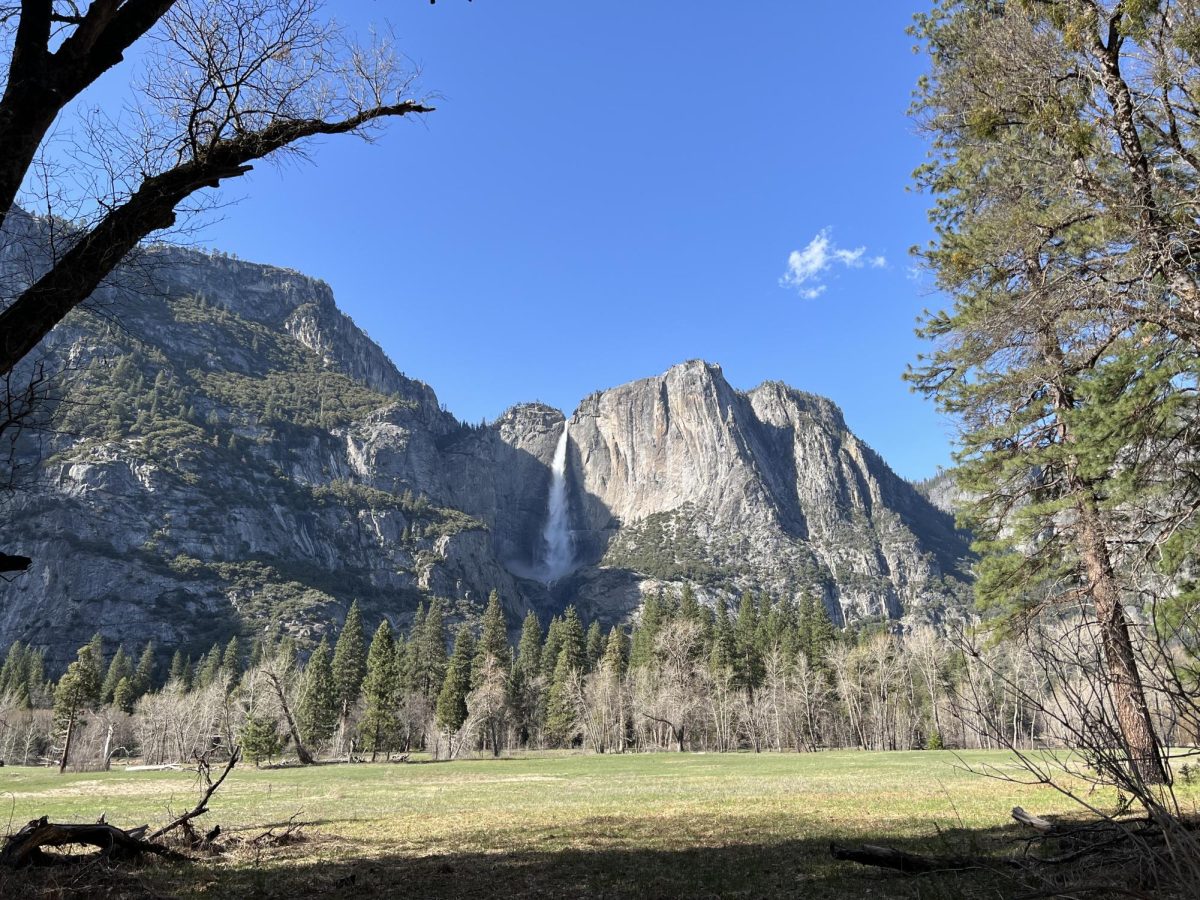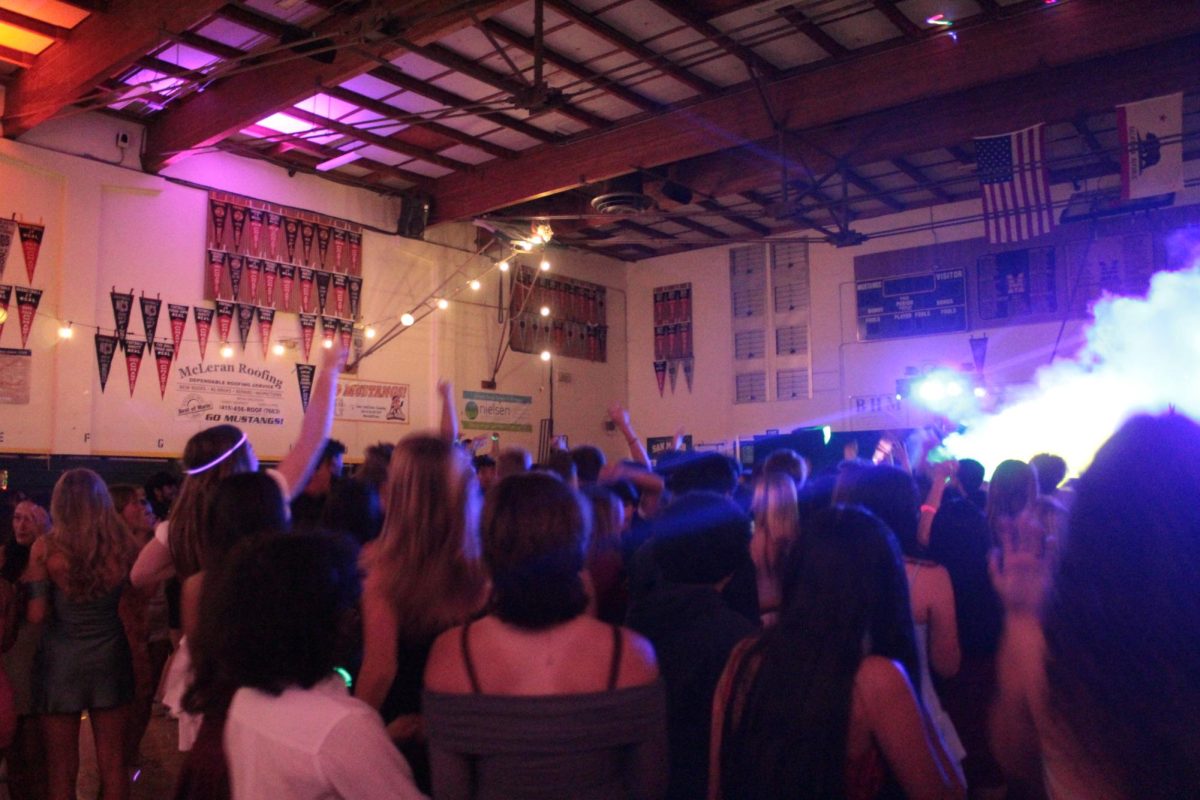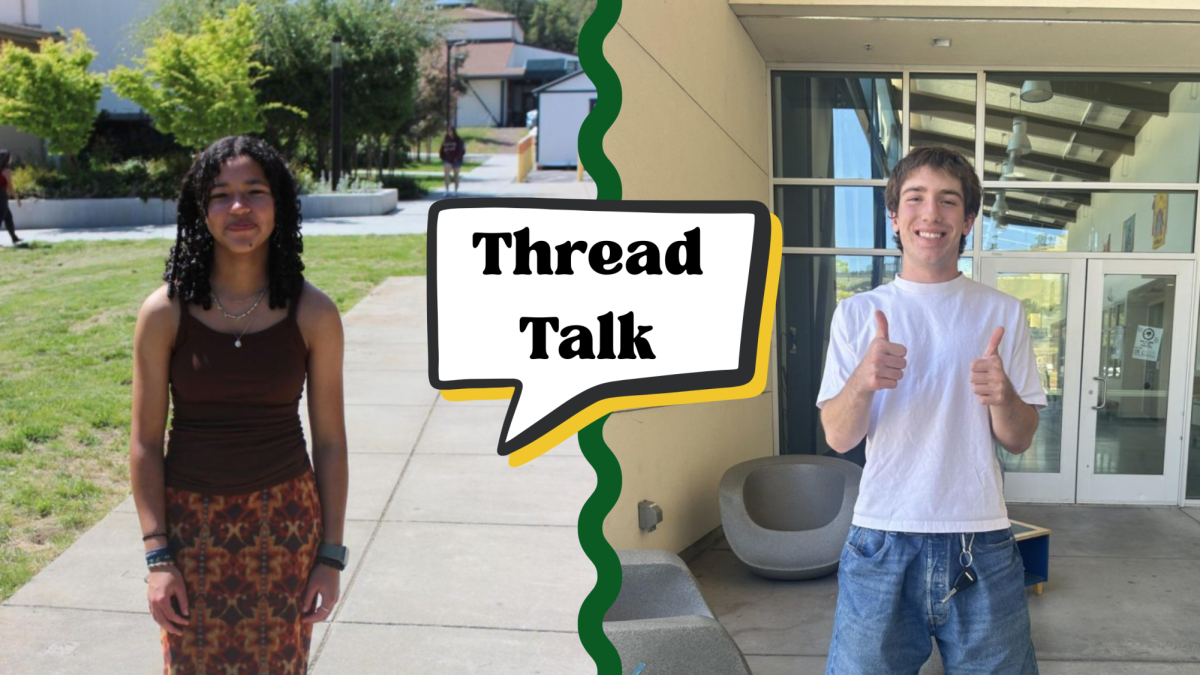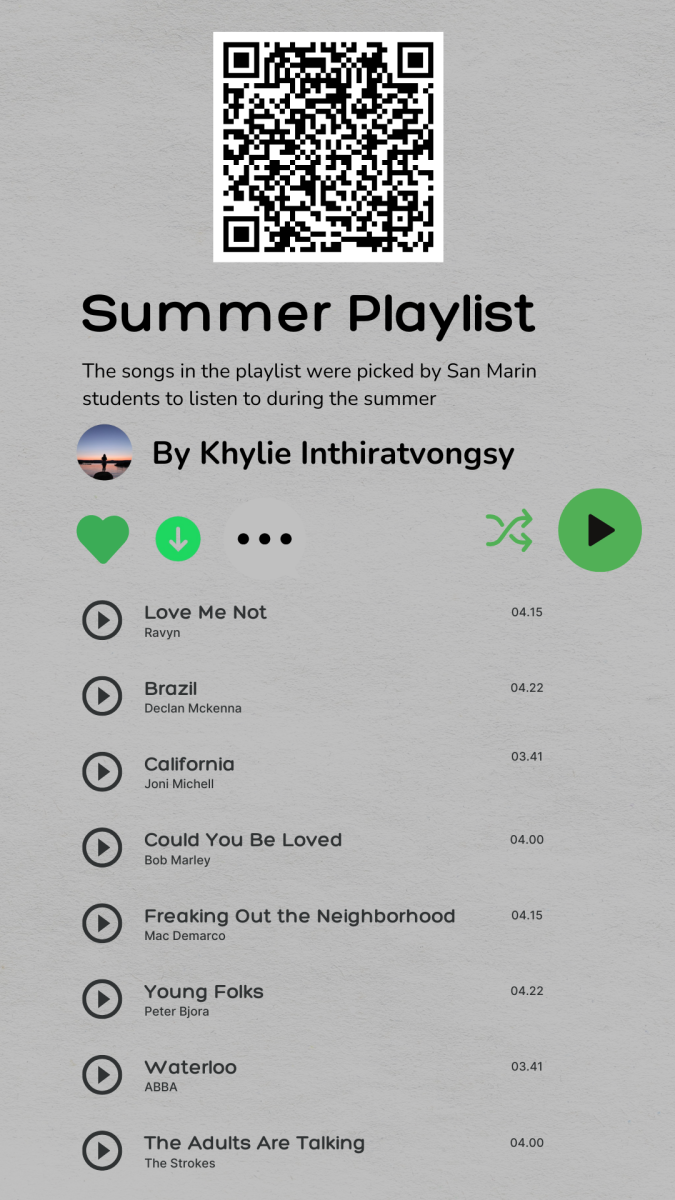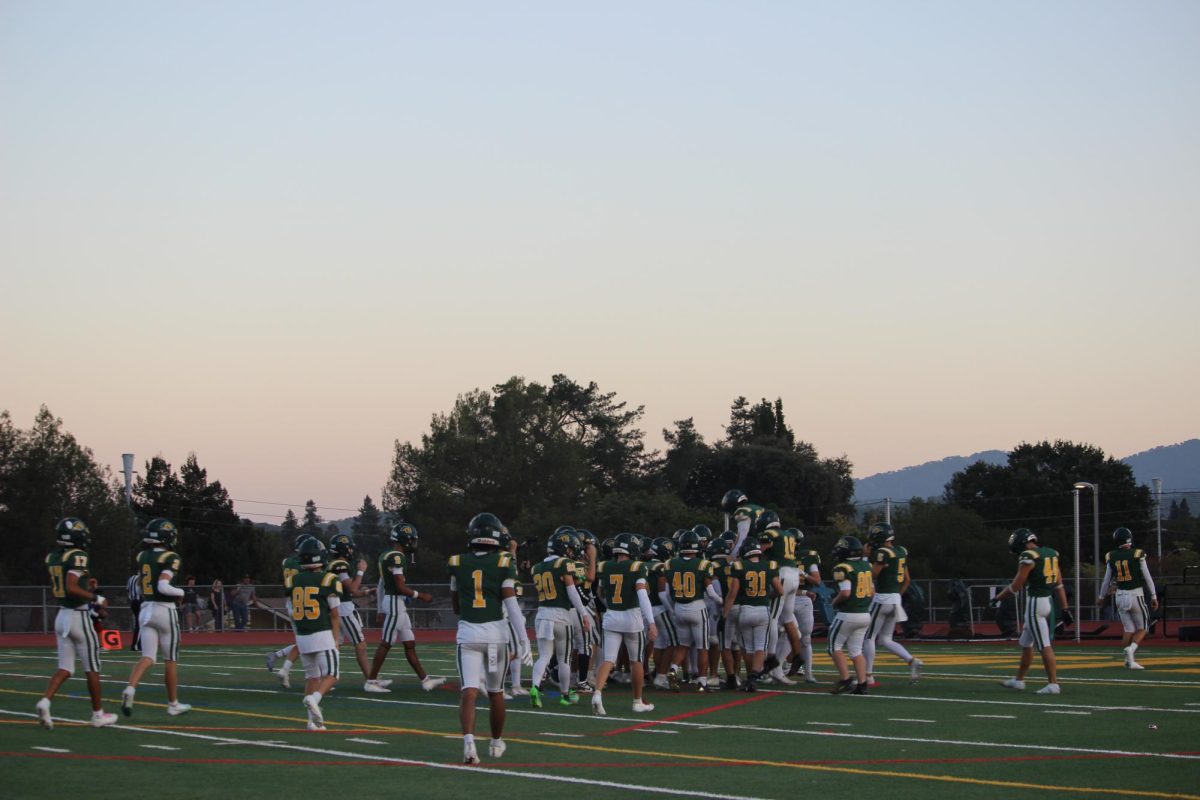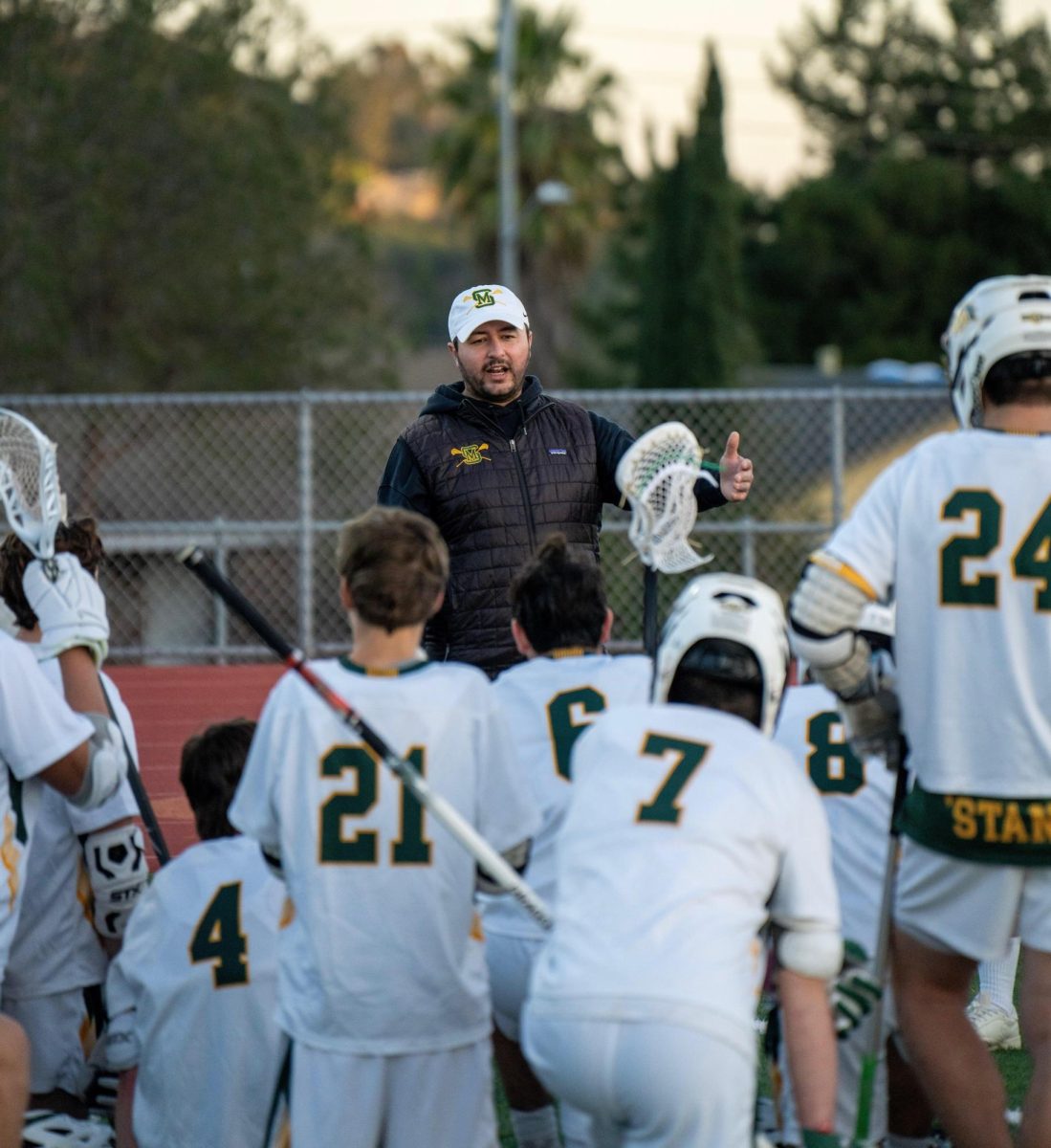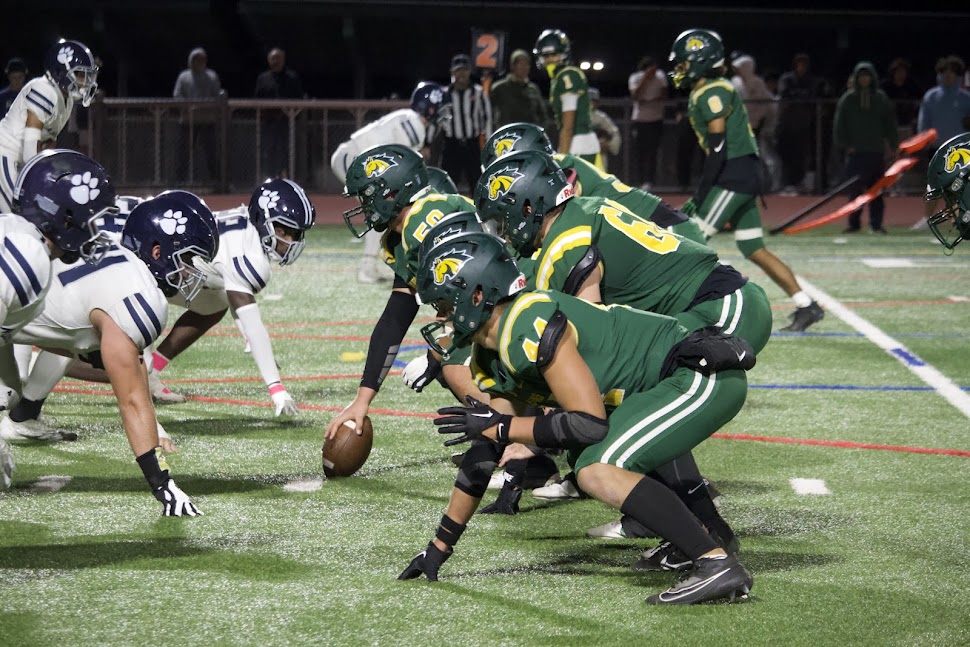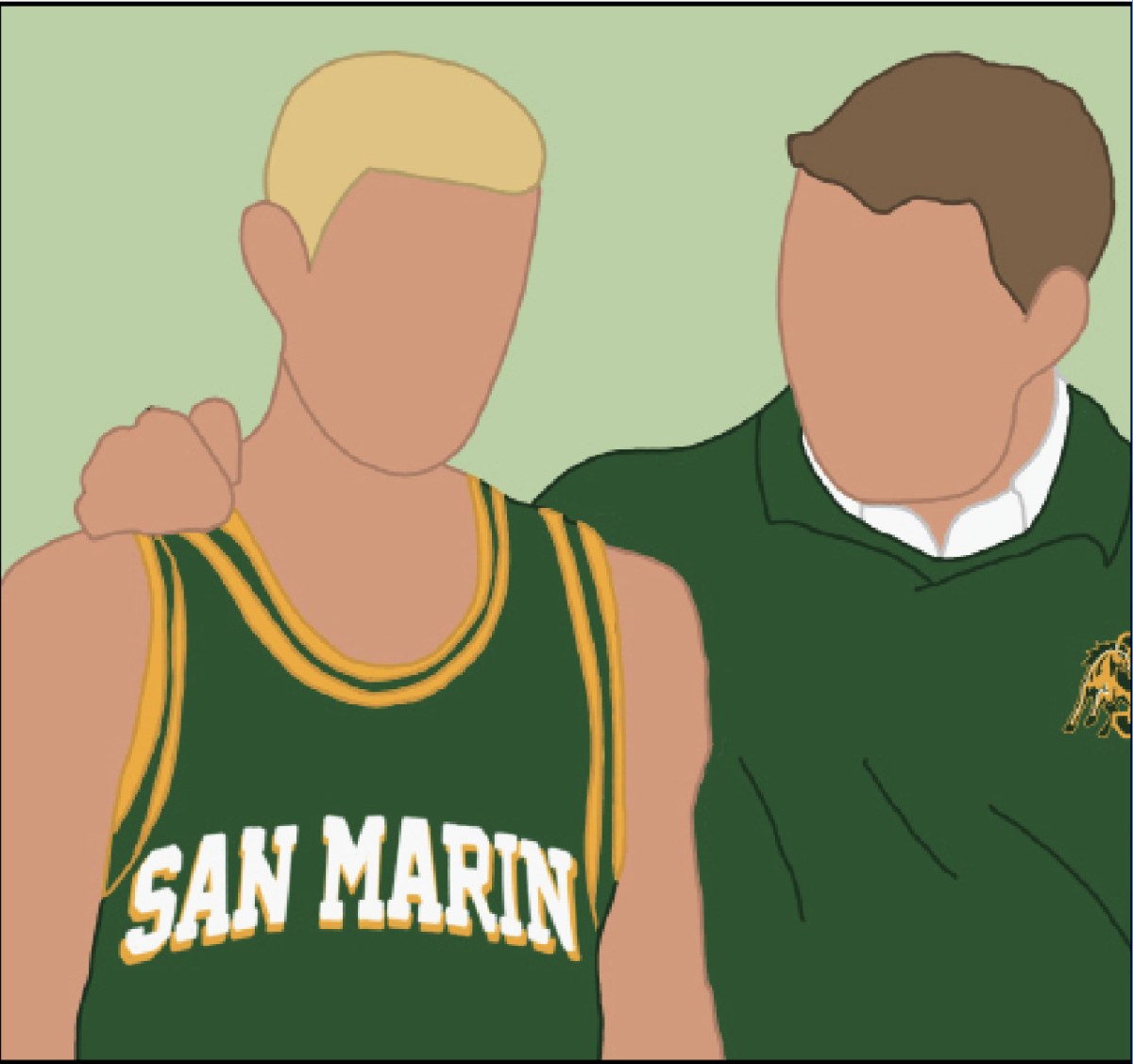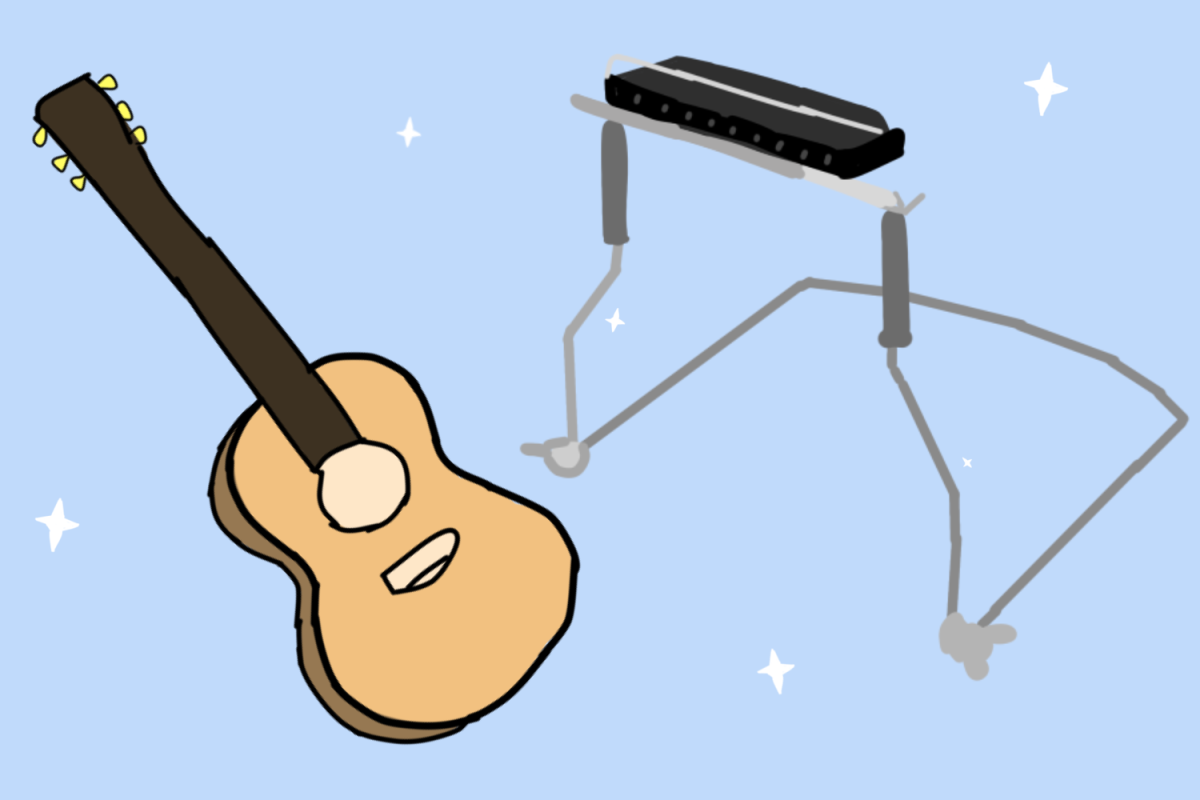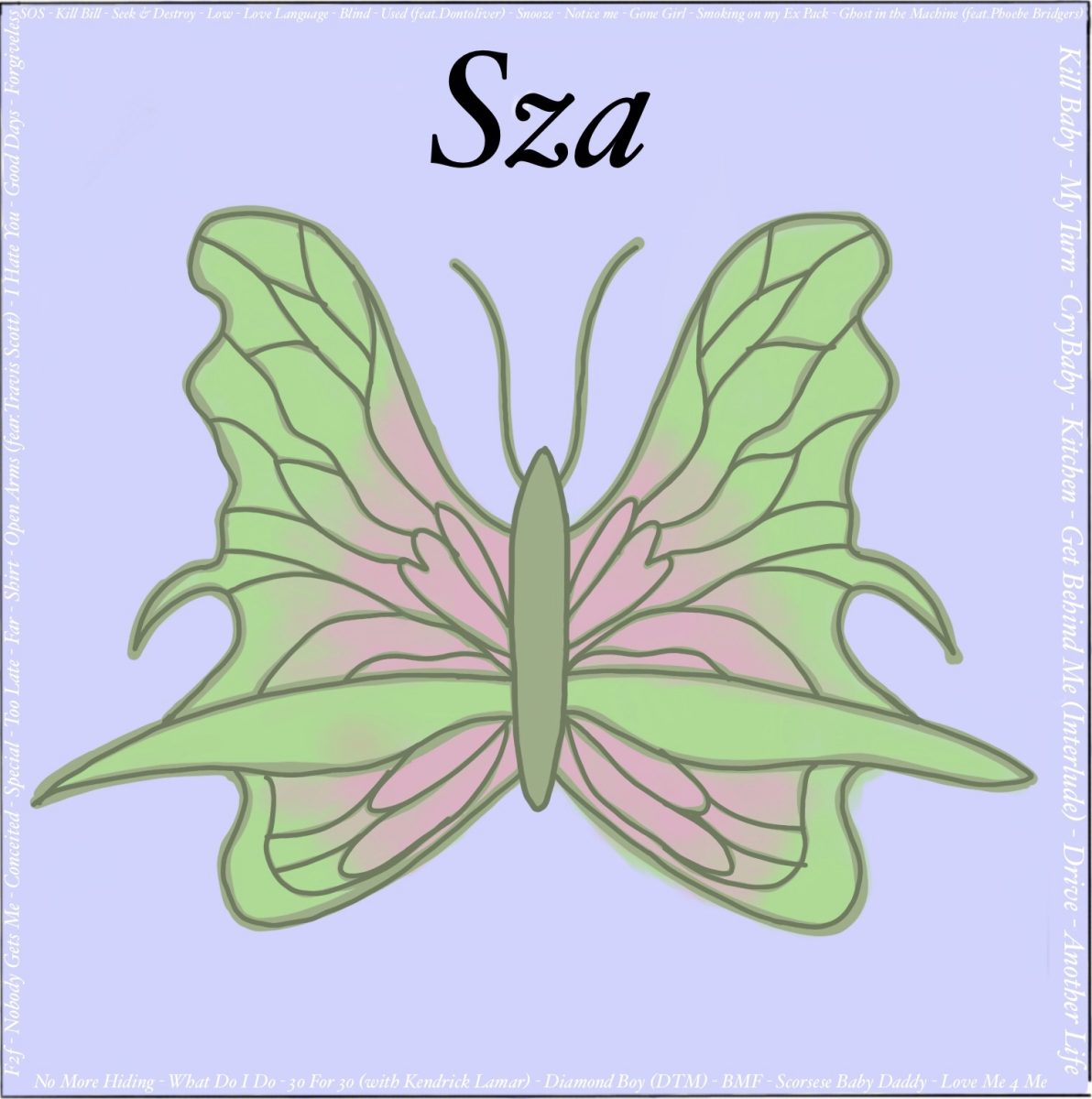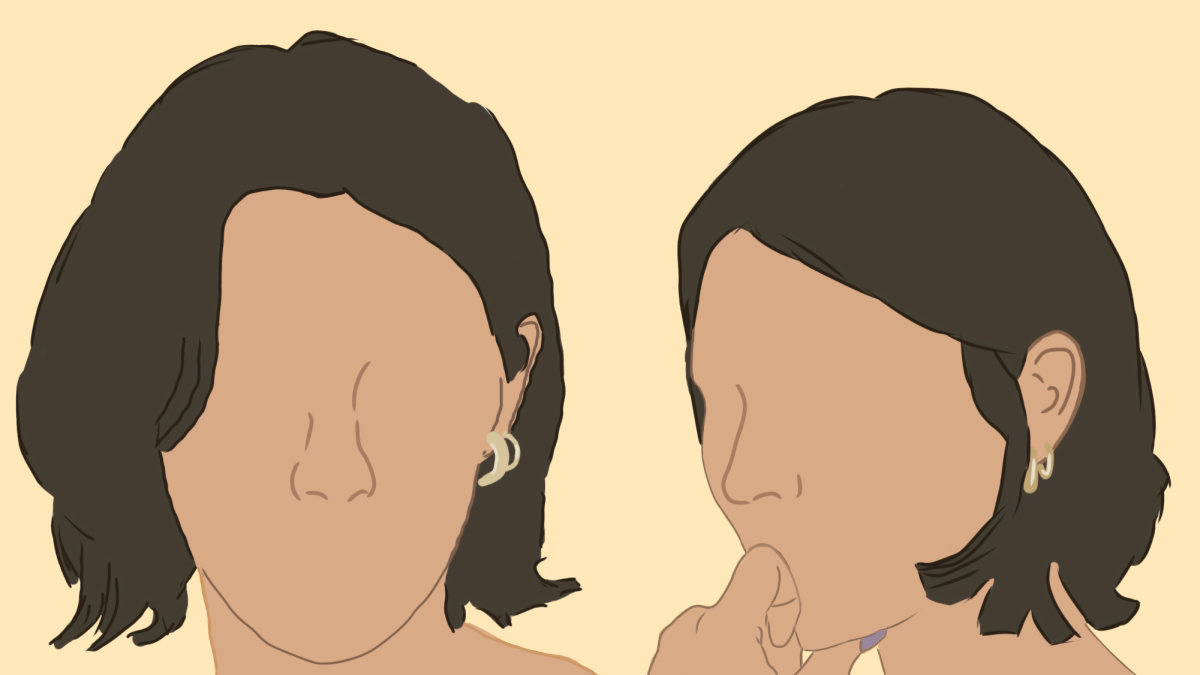San Marin’s STEM program has become a large part of the school’s culture. It continues to add a unique feature to the school that appeals to new students.
“While I don’t think it’s the reason most people are drawn to San Marin, it’s definitely a leading cause,” San Marin Principal Jennifer Larson said.
Future San Marin students are introduced to the program in eighth grade. During classes, students from the program visit schools and discuss the variety of programs San Marin has to offer.
Sophomore Kourosh Sorkhabi joined the program to understand how Biotech works and might be interested in pursuing a job in the industry.
“I did join out of my own interest just to see what it was like. I’m generally more interested in pursuing a career in the medical field, but I still may be interested in a career in the Biotech field,” Sorkhabi said.
STEM was designed for those interested in pursuing a related pathway.
“Our goal is that if students want to pursue a STEM major, they’ll be going in with a strong content and skill base,” STEM teacher Nick Williams said.
While STEM was designed for those interested in a career, it can be beneficial to those who are not or have since changed their interest.
“If [students] end up not wanting to do STEM subjects, they can still think critically and make good, evidence-based decisions through their hard work,” Williams said.
Sophomore Miron Gridin, a first-year Biotech student, credits his teacher for his interest in the subject.
“If [students] end up not wanting to do STEM subjects, they can still
-Nick Williams
think critically and make good, evidence-based decisions through
their hard work.”
STEM teacher
“I think it is a challenging course, but it’s a lot of fun, especially with Mr. Blok as a teacher,” Gridin said. “I do think that the presenters from 8th grade missed the fact that it’s more challenging than your average class. What we’re taking feels equivalent to an AP class.”
The STEM pathways and AP classes allow students to explore what benefits their interests, as well as being challenged through college level courses.
“AP Chemistry and Physics are designated to be a college freshman level chem or physics class,” Biotechnology, chemistry, and physics teacher, Timothy Blok said. “If you want to be a biology major in science, you’ll probably want to go to the Biotech side of STEM, it depends on the person. When you get to college, the level of normal physics and physiology that I teach is a really good introduction to what you’d be doing in a freshman class. It is not a college class, but it should be a good starting point.”
Junior Reedanne Harati, who is enrolled in Biotechnology, joined the STEM program late.
“I actually didn’t want to join STEM at first. I joined my sophomore year. Sometimes I felt a bit behind, I had to rush a bit, even towards the end of my sophomore year. Overall, I picked it up pretty quickly,” Harati said.
The STEM program draws students in from all over Marin, increasing San Marin’s popularity. This can create challenges, but teachers work to help catch them up.
“If they came from another high school where they took a physics class for half a year, the course allows them to work into what we’d do at San Marin. If there is anything else they need, we’ll make time either through [Access] or learning lounge,” Blok said.
After the addition of Art in Science, STEM will continue to grow for years to come.
“Next year, we’re going to be offering 22 different science courses in 58 sections of science and engineering, which averages to 1.4 science classes per student at San Marin per year,” Williams said. “We’ll be adding a physics course for Art in Science and then the year after, we’ll add a chemistry course as well.”

